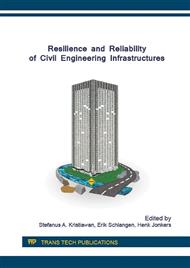p.3
p.10
p.18
p.24
p.30
p.37
p.52
p.62
p.70
Rainfall Simulation at Bah Bolon Watershed with Backpropagation Artificial Neural Network Based on Rainfall Data Using Scilab
Abstract:
Abstract. Rainfall simulation is a method of obtaining precipitation data on rainfall station based on precipitation data of other stations in same watershed at the same time, using a linear mathematical model constructed by Artificial Neural Network (ANN) method. The application of the simulation result is useful to provide information for the decision-makers. ANN backpropagation method is the one used in modeling the rainfall in a watershed because it can solve a complex mathematic problem. The objective of research was to find out the hydrologic model and its application to predict precipitation data at Bah Bolon watershed in the future. The input variable of research was data of rain at Bah Jambi rainfall station. The parameters used in this research were Mean Squared Error (MSE)= 0.028, epoch= 1000 iteration, hidden layer number= 2, neuron hidden layer number= 3, momentum= 0.7, learning rate: 0.9, training period= 4 years. The result of model verification shows the very strong correlation between simulated rain data and actual rain data, with score of 0.9664, and the reliability of hydrologic system model at Bah Bolon watershed is 64.48%.
Info:
Periodical:
Pages:
10-17
Citation:
Online since:
July 2016
Authors:
Price:
Сopyright:
© 2016 Trans Tech Publications Ltd. All Rights Reserved
Share:
Citation:


